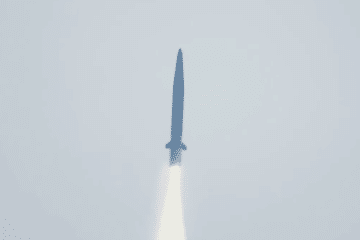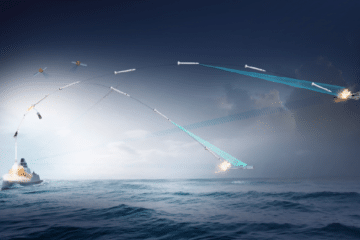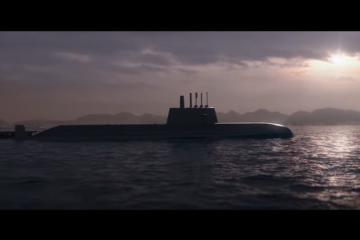The results echo those of preliminary studies which also recommended the acquisition of armed Marineons.
The program, which will cost ₩1.6 billion ($1.4 billion) from 2022 to 2031, is part of a much larger acquisition plan to create the ROKMC’s first ever air wing, composed of a squadron of 24 attack helicopters and two squadrons of regular Marineon transport utility helicopters. The air wing will primarily operate from the Republic of Korea Navy’s Dokdo-class amphibious assault ships.
KAI’s Marineon is itself a navalized variant of the KAI Surion, the nation’s first domestically designed helicopter. The Marineon has a turbulent history; the ROKMC’s entire Marineon fleet was grounded in late 2018, following an accident which saw the death of five service members. KAI claims that issues with the rotor mast which led to the accident have since been resolved.
The program originally included four other contenders; the Boeing AH-64 Apache Guardian, the Bell AH1Z Viper, the Tukrish Aerospace Industries/AugustaWestland T129, and an armed variant of the Sikorsky S-70i.
Many domestic observers have criticized the choice; outspoken critics include the 19th Commandant of the ROK Marines Corps, Lieutenant General Lee Seung-do, whose tenure came to an end on April 13. He was quoted as saying “the Marines Corps does not want an armed variant of the Marineon, but an attack helicopter that is maneuverable and survivable,” to the National Defense Committee last October.

What exactly are the critics worried about?
The crux of the argument is that the armed Marineon will lack the combat effectiveness of other dedicated attack helicopters.
- Firstly, critics point out that the aircraft will be more vulnerable to enemy fire due to the shape of the airframe. Because the Marineon was originally designed to be a transport helicopter, the airframe is wider than its competitors, making it more vulnerable to small arms fire.
- Secondly, the cockpit offers less visibility compared to dedicated attack helicopters. In the Marine-on, the copilot sits next to the pilot, as opposed to the twin seat design of the Apache or Viper which allows the copilot to sit behind the pilot. Some worry this will impede situational awareness during close air support missions.
- Thirdly, the Marineon is significantly slower and less maneuverable than its major competitors, clocking in at a maximum speed of 279km/h, as opposed to 293km/h and 300km/h of the Apache and Viper respectively.
- Lastly, the average cost of the armed Marine-on is expected to exceed ₩37 billion ($33 million), less than the Apache, but more than the Viper which costs $31 million. This would mean that the Marineon would offer limited capabilities at a higher price.
Marineon meets all Required Operational Capabilities of the ROKMC
Despite these worries, DAPA claims the armed Marineon was able to meet all Required Operational Capabilities outlined by the ROKMC. It will carry a total of eight Hanwha Techwin “Cheon-geom (천검)” anti-tank missiles and 38 unguided 2.75 inch rockets on pylons mounted at the side of the aircraft, along with an M197 electric cannon below the cockpit. It will also be armed with four air-to-air variants of the LIG Nex1 Chiron missiles. Additional upgrades include extra armour, a self-sealing fuel tank, and a helmet mounted display being designed for use on the KAI Light Attack Helicopter program which will attenuate the problem of low visibility.

Even when fully loaded, the take-off weight of the armed Marineon will be around 6700kg, significantly less than the Marineon’s standard operational take-off weight of the 7800kg. This means that the armed Marineon will be agile enough to provide support to the Marineon (MUH-1 troop transport variant) during landing operations, despite its relatively slow speed compared to dedicated attack helicopters. DAPA also cited the Marineon’s interoperability with domestically designed unmanned platforms, such as the KAI NI-600VT, and the positive effect the program will have on the domestic economy as reasons behind its choice.
Moreover, KAI claims the armed Marineon will be the cheapest option in the long term. The armed variant shares 84% commonality with the regular Marineon already operated by the Marine Corps. It is hoped that this will lead to high mission readiness rates and lower life cycle maintenance costs. In addition to this, the Marine Corps will not have to devote resources to creating a separate pilot training program, reducing costs even further.






